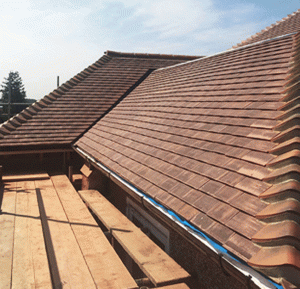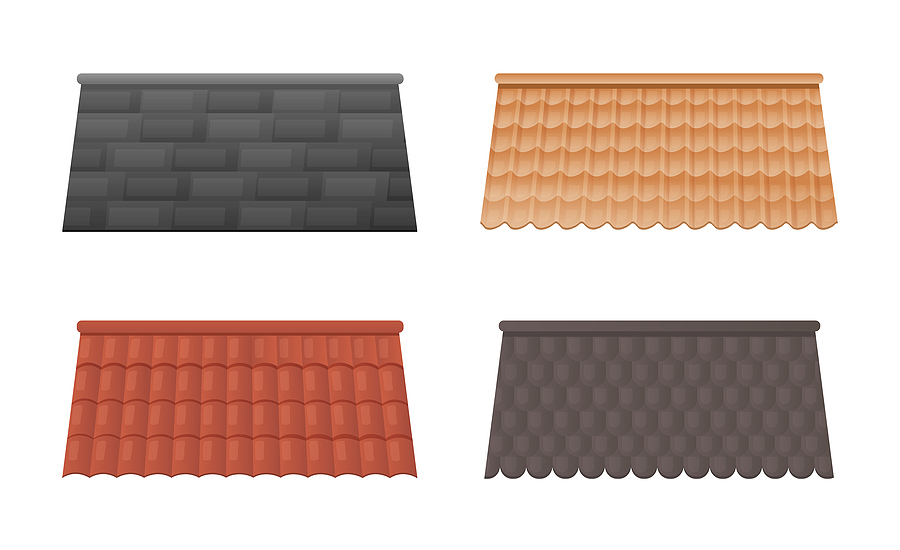Roofing has always been essential to human habitation. It not only provides protection from the elements but also plays a significant role in the architectural beauty of structures. Over the millennia, roofing materials have evolved in tandem with technological advancements and the changing needs of society. Here, we take a journey through time to understand the evolution of roofing materials.
 Ancient Times
Ancient Times
Thatch, Mud, and Stone During ancient times, readily available materials like thatch (made from plant stalks), mud, and stone were popular choices. The ancient Egyptians, known for their architectural marvels, often used palm leaves or reeds tied together in bundles as roofing. Mud bricks, meanwhile, were the primary choice in regions like ancient Mesopotamia. Stone slabs, though heavy, were used in areas where they were abundant and provided longevity, like in parts of ancient Greece.
Classical Antiquity
Clay Tiles As societies evolved, so did their roofing needs. The Greeks and Romans introduced clay tiles, a material that offered better protection against rain and fire. These tiles, especially the iconic curved ones from ancient Rome, would inspire roofing styles for centuries.
Middle Ages
Wood Shingles and Slate In the medieval period, wood shingles became increasingly popular in Europe, especially in areas rich in timber. While they were susceptible to fire, they were also lightweight and relatively easy to produce. Slate, a natural and durable stone, became prominent in regions where it was abundant, such as parts of Wales and Spain.
The Industrial Age
Metal and Asphalt With the onset of the Industrial Revolution, roofing materials saw a significant transformation. Metal roofing, particularly corrugated iron, became popular in the 19th century due to its durability and fire-resistant properties. By the late 19th and early 20th centuries, asphalt shingles made their debut. Affordable, waterproof, and easy to install, they quickly gained traction in North America and other parts of the world.
Modern Era
Composite, Solar, and Green Roofs In recent times, there’s been a significant push towards sustainable and energy-efficient roofing materials. Composite roofing, which blends various materials for durability and aesthetics, is on the rise. Solar roofs, integrating photovoltaic cells, are making it possible for homes to generate their own electricity. Additionally, green roofs, which incorporate living vegetation, are being lauded not just for their beauty but also for their environmental benefits, including improved air quality and urban heat island mitigation.
Into the Future
Innovative Materials and Technologies The future of roofing is poised to be exciting with innovations like cool roofing, which reflects more sunlight and absorbs less heat, reducing energy bills. There’s also research into materials with self-healing properties and roofs that can change color based on temperature, enhancing energy efficiency.
Conclusion
The history of roofing materials reflects humanity’s adaptability and ingenuity. From humble thatch roofs to technologically advanced solar tiles, our quest for better roofing has never ceased. As we continue to prioritize sustainability and innovation, the future promises even more exciting developments in this vital aspect of our built environment.






